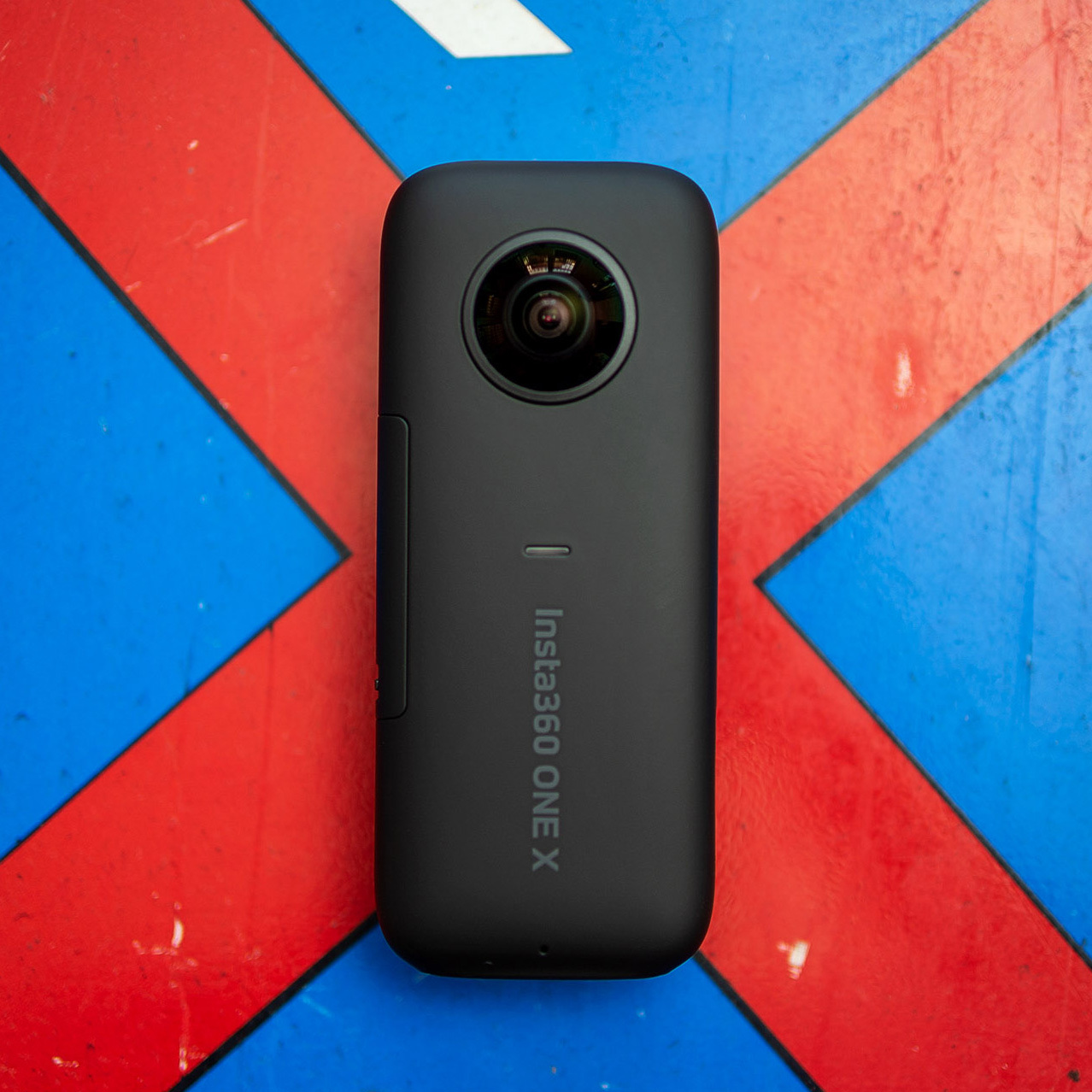


#Instant 360 camera full#
With the press of a single button, you can switch between 360-degree (2D) and 180-degree (3D) modes, shooting half a sphere or a full sphere of VR footage as you please. Middling battery life -Simplistic mobile appĭesigned to make shooting 360-degree and 180-degree photos and videos into an easy and intuitive process, the Vuze XR is effectively two cameras for the price of one. The only reason we've put more recent 360 cameras above it in our list is that newer models offer better quality, versatility or waterproofing – but for casual 360 experimenters and travel videos, the One X remains superb. On release, the Insta360 ONE X felt like a massive step forward in simplicity, usability and quality for 360 cameras, and it still works brilliantly now. Even better, if you get the optional 'invisible' selfie stick, it's hidden in the recorded footage and it looks like you're a bystander in your videos and photos and not actually holding the camera at all. Insta360 makes a great play about this camera's 6-axis gyro system and 'FlowState' stabilisation, and it's every bit as good as they say – we got the odd 'shimmer' during low-light shooting indoors, but in decent light it's as smooth as you like, and playback stays level however you angle the camera (just make sure you calibrate the gyros now and again). There is an Insta360 EVO which offers both 360 imaging and 3D but it's boxy and bulky, and we prefer the enduring appeal of of the Insta360 ONE X, thanks to its shirt-pocket design, excellent stabilization and an app that offers advanced video editing and subject tracking on your smartphone. As streaming platforms get more sophisticated, live 360-degree broadcasts are also becoming more common, which is an unparalleled way to immerse yourself in an unfolding event (short of, y’know, actually being there). A viewer can then explore this image with a mouse, touchpad or touchscreen, depending on how they’re viewing the image.ģ60-degree videos are, naturally, more complex than stills, as the action all around the viewer will continue even if they’re not looking at the portion of the image where it’s happening. This captures two hemispherical images, which are then merged to produce the final 360-degree image. The sensors are ordinary ‘flat’ types, but the key is in the lenses, which are extreme fisheyes capable of capturing a 180-degree view, placed back to back. That’s essentially what 360-degree cameras do – place you in the centre of a sphere, and use extreme wide-angle lenses to capture everything around that point. When visualising how 360-degree images are captured, imagine someone photographing a sphere from the inside, making sure they get every contour of its inner surface.

Insta360 has made a name for itself with a few competitive models, including the Insta360 ONE X2, which is a bit more user-friendly for new 360-degree shooters. GoPro has been a market leader for a while, starting out with the GoPro Fusion and evolving to the sublime GoPro Max, which sets a high standard for 360-degree cameras and is waterproof into the bargain. There are a fair few brands competing for your cash here. So the question is, which 360 camera to choose? You can select which part of a 360-degree scene you want to convert to a traditional video, which also means a 360-degree camera is a very handy tool for capturing unexpected scenes and moments. This means you can simultaneously capture conventional imagery as well as the full 360-degree experience to be enjoyed using apps or platforms specifically designed for that type of content. Most of the best 360 cameras recognise that you don’t necessarily want to shoot in this spherical format all of the time, and so will also allow for editing of the content (post capture) into a more traditional “flat” video or image.


 0 kommentar(er)
0 kommentar(er)
